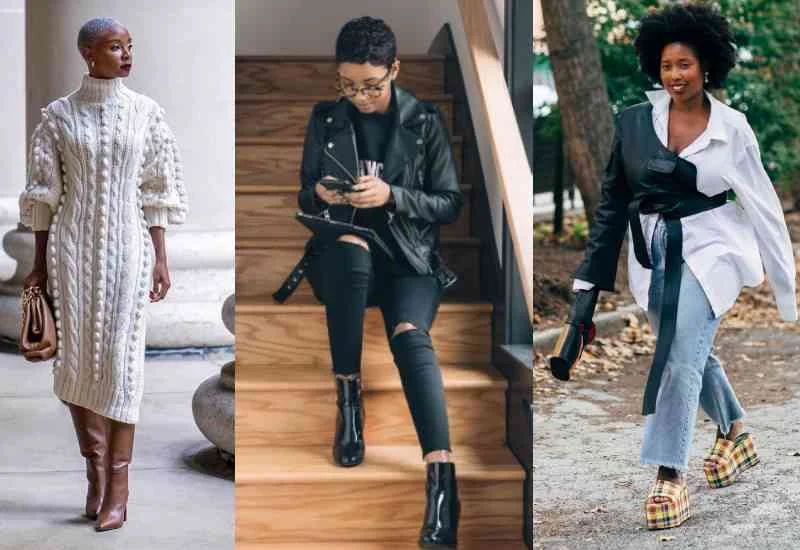The Rise of Digital Fashion: Virtual Runways and Digital Clothing has been a growing trend in the fashion industry, with designers and brands embracing digital platforms to showcase their latest collections. Virtual runways and digital clothing have provided a new and innovative way for fashion enthusiasts to experience and interact with fashion.
As the fashion industry continues to evolve, the concept of virtual runways and digital clothing has sparked curiosity and interest among consumers and industry professionals alike. The integration of virtual reality technology and 3D design has enabled fashion houses to create immersive and interactive experiences for their audience. This shift towards digital fashion has also opened up new possibilities for sustainability and customization in the industry, as digital clothing offers a more sustainable and versatile option for consumers.
The Evolution of Fashion in the Digital Age
In the digital age, the fashion industry has undergone a significant transformation, embracing technology in all aspects of the business. From virtual fashion shows to digital clothing, the way we experience and consume fashion has changed dramatically. This shift has allowed for greater creativity and innovation, as designers and brands explore new ways to connect with consumers and showcase their collections.
With the rise of social media and online shopping, the demand for digital fashion experiences has grown rapidly. Consumers are looking for more interactive and immersive ways to engage with fashion, and digital platforms provide the perfect opportunity for this. As a result, the traditional runway show is no longer the only way to debut a new collection, as virtual runways and digital showrooms become increasingly popular.
The Emergence of Virtual Runways
Virtual runways have become a popular alternative to traditional fashion shows, offering designers the opportunity to showcase their collections in a digital space. These virtual events often feature 3D-rendered models and immersive environments, creating a unique and engaging experience for viewers. By leveraging technology, designers can reach a global audience and present their work in a way that goes beyond the limitations of a physical runway.
Virtual runways also allow for more experimentation and creativity, as designers are not confined by the constraints of a traditional fashion show. They can incorporate interactive elements, special effects, and multimedia presentations to bring their vision to life in a way that is not possible in a traditional runway setting. This new form of presentation has opened up a world of possibilities for the fashion industry, allowing for greater innovation and boundary-pushing creativity.
The Concept of Digital Clothing
Digital clothing is a relatively new concept that has gained traction in the fashion industry in recent years. This innovative approach to fashion involves creating clothing that exists purely in the digital space, allowing consumers to “wear” virtual garments in photos, videos, and virtual environments. Digital clothing is often designed using 3D modeling and animation techniques, and can be seamlessly integrated into digital content.
While digital clothing may not replace physical garments, it offers a new way for consumers to express themselves and engage with fashion in the digital realm. It has also opened up new opportunities for brands to collaborate with digital artists and creators, blurring the lines between fashion and technology. As the digital fashion landscape continues to evolve, digital clothing is likely to play a larger role in how we perceive and interact with fashion.
The Impact of Sustainability in Digital Fashion
As the fashion industry becomes more digitized, there is a growing emphasis on sustainability and reducing the environmental impact of clothing production. Digital fashion presents an opportunity to address these concerns, as it eliminates the need for physical production and waste associated with traditional manufacturing processes. By creating and consuming fashion in the digital space, brands and consumers can minimize their carbon footprint and contribute to a more sustainable industry.
Additionally, digital clothing offers a solution to the fast fashion cycle, where garments are produced and discarded at a rapid pace. With digital clothing, consumers can update their wardrobes and explore new styles without contributing to textile waste. This shift towards digital fashion aligns with the growing demand for sustainable and ethical practices in the industry, paving the way for a more environmentally conscious approach to fashion.
The Future of Virtual Fashion Experiences
Looking ahead, the future of virtual fashion experiences is poised for continued growth and innovation. As technology continues to advance, we can expect to see even more immersive and interactive digital fashion shows, virtual try-on experiences, and personalized digital styling services. These developments will not only redefine the way we consume fashion, but also reshape the entire fashion industry, from design and production to retail and marketing.
Virtual and augmented reality technologies are likely to play a significant role in shaping the future of fashion, offering new ways for consumers to engage with brands and products. Virtual showrooms, digital avatars, and virtual fitting rooms are just a few examples of how technology is revolutionizing the way we experience and interact with fashion. As these technologies become more accessible, the boundaries between the physical and digital worlds will continue to blur, opening up endless possibilities for the future of fashion.
| Topic | Description |
|---|---|
| Virtual Runways | Virtual fashion shows and runways are becoming popular, allowing designers to showcase their collections in a digital environment. |
| Digital Clothing | With the rise of digital clothing, consumers can now purchase and wear virtual outfits in online spaces and social media platforms. |
The rise of digital fashion signifies a shift towards virtual experiences and digital expression in the fashion industry. Virtual runways and digital clothing are changing the way fashion is presented and consumed, opening up new possibilities for creativity and self-expression.




